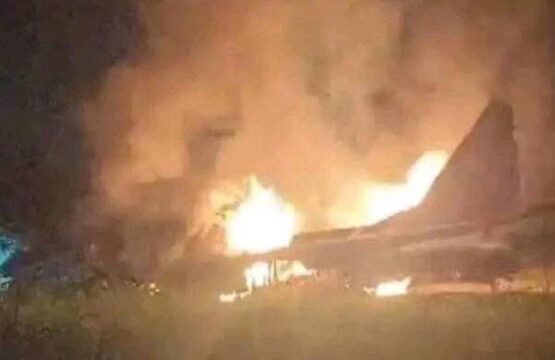As in modern times, media is like a weapon. The media wields significant influence, shaping discourse and public opinion through word choice and narrative construction. Regarding media discourse’s role in conflict, post-structuralism explains how the state produces discourse and how discourse gives power. Media in conflict is responsible for making it non-violent or violent by providing unbiased coverage.
In the conflict where strangers killed each other, hate each other, by the decision of those who knew each other but chose not to kill each other. Media, in a thematic way, presents the conflict, which can spread widely; the tactic of displaying events, news, and actions creates Sensationalism, which plays a role in spreading false, inappropriate hate among the parties.
In the Israel-Palestine Conflict, the media serves as a double-edged sword, wielding significant influence in the ongoing war of words. This conflict stands as the longest and most intricate in the Middle East, tracing its roots back to the early 20th century when Jews commenced migrating to Palestine following the rise of Zionism.
Also Read: Time for Reevaluating Our Foreign Policy Strategies
A History of Conflict
The conflict began when the British issued a mandate declaring ‘a separate homeland’ for Jews and UN Resolution 181, which split Palestine into the Jews-Arab state, sparking the beginning of the conflict.
As it is a war which is based on the right of self-determination with several causes like violence, catastrophe Nakba, Refugee crisis, terrorism activates, attacks on civilians, and governance issues, the current New Nakba has started as Israel has begun to attack Gaza and cutting off water supplies, aid, electricity, and food, using toxic weapons, attacks on hospitals, rape cases, health issues, etc. causing destruction and order them to leave Palestine, which is making it the most complicated conflict in the Middle East region.
Media Bias and Framing
Media bias in conflict manifests through the active shaping of narratives. Where media outlets strategically frame events to align with their agendas. By selectively highlighting specific events and presenting them in a particular manner, they cultivate differing opinions and narratives among audiences.
This manipulation involves the deliberate selection of words. Packaging news stories and interpreting events to elicit specific responses from the audience. Audiences consume news through their own thematic or episodic frames. That influences how they perceive and interpret the information presented to them. Framing is like a filter that we use daily; some of the key examples are:
– According to a BBC report, the Israeli Prime Minister says: We are at war. As conflict gets triggered again, the choice of word and frame of ‘WAR’ here gained attention and support, as Joe Biden says: Israel has the right to defend itself and its people.
When the occupier is Israel, not Russia, and the occupied are the Ukrainians, not Palestinians, it’s an act of self-defense. During the 16-year Gaza siege, Israel has not killed millions of people, including women and children. While there have been significant casualties, particularly among civilians, the number of fatalities is not in the millions.
– Another report by BBC: more than five hundred people have died in Gaza after Israel launched massive airstrikes. According to Gaza’s Health Ministry, more than seven hundred people have been killed in Israel.
Western media is seen as building a frame and showing biases toward Israel. With catchy words like ‘Clash and Tension’ when Israeli forces attacked the people of Palestine. The Western media framed and named the event as a Clash rather than interpreting it as Violence and open terrorism.

International Relations student with solid academic basis in Diplomatic Relations, International Law and Intercultural Communication. Her writings focus on international relations, feminism and current trends.







